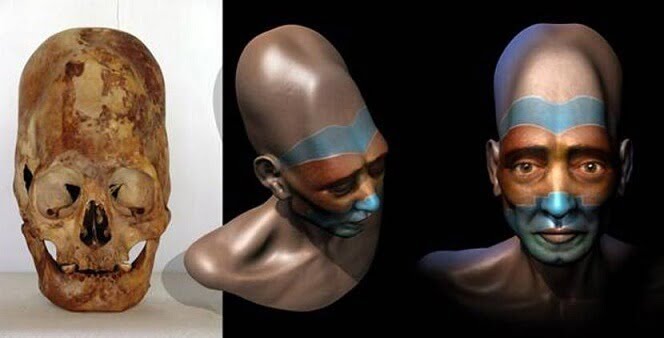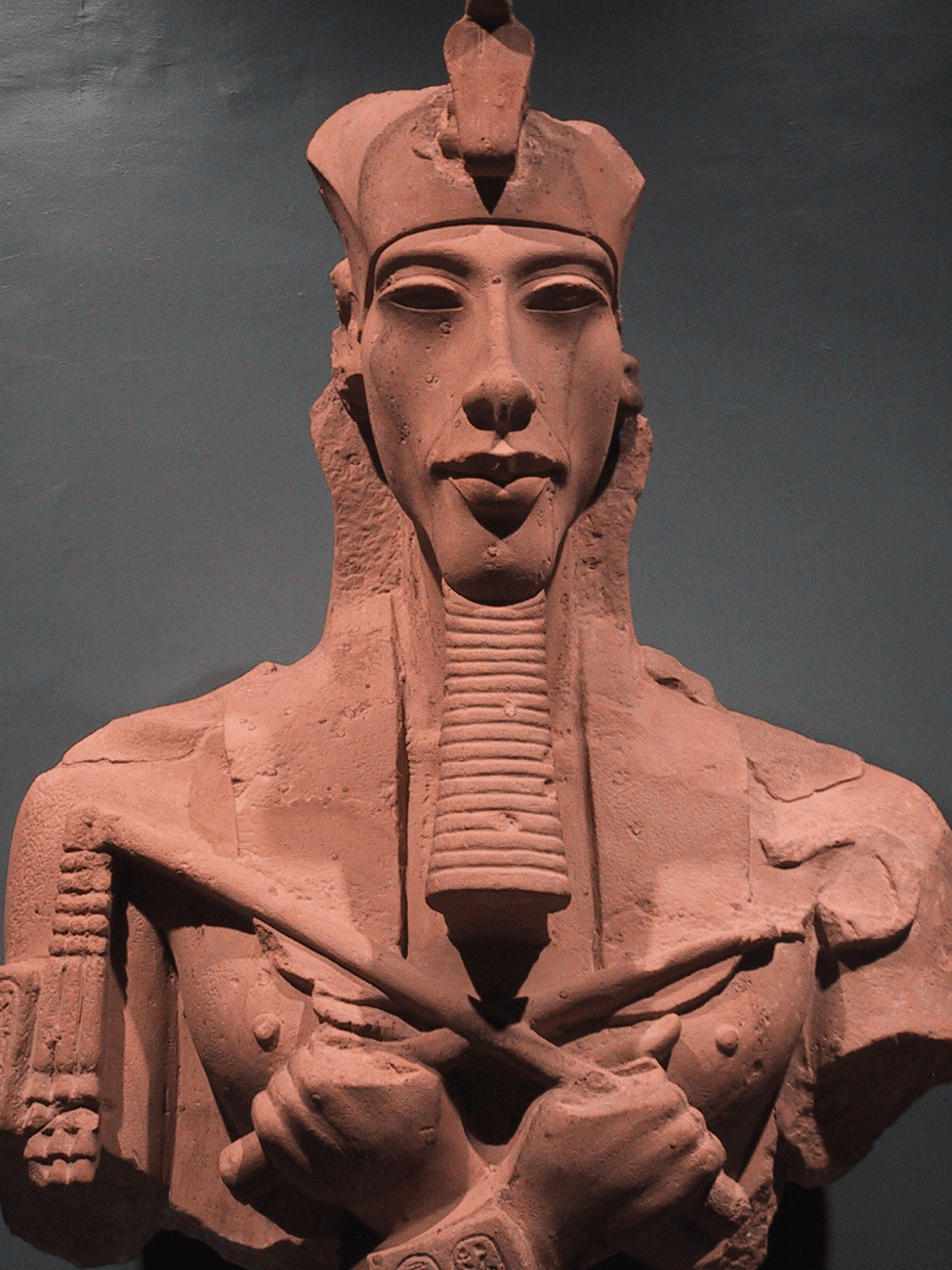
Malta’s Secret Elongated Skulls Are Not Humans: Ancient Alien Heads?
Either they were human… or we’re aliens
By Vicky Verma | How & Whys
The discovery of strange elongated skulls around the globe have baffled scientists for decades. This includes 25 human skeletons with elongated skulls excavated from Houtaomuga archaeological site in northeast China, Dragon Man Skull, Sealand Skull, etc. What are these elongated heads? Perhaps they were experiments of other civilizations with humans. Why did they do this and what do we know about that process?
The appearances of these skulls date back to around 8,500 years before Christ. So, it is believed that many of these elongated-headed beings survived the Great Flood and reached specific points around the world. This is how they started other civilizations. Perhaps this could be the reason why humans have discovered remains of skulls with elongated heads spontaneously, and in different parts of the world.
In the various ancient cultures, there is mention of the dragon people or the serpents who are often described as beings of great stature and with elongated heads. The ancient dragon bloodline is the one that eventually became the bloodline of the dragon emperors.
People with elongated skulls inhabited almost the entire planet, since they left much evidence that they travelled and were distributed all over the world. Some studies even suggest they may have been interplanetary gods. If this is true, the elongated-headed beings could have come from the stars to give us some knowledge.
There is another place that provides more evidence, located in Malta, the archipelago of three islands in the middle of the Mediterranean Sea. The ancients built the only prehistoric underground temple known in the world as the “Hal Saflieni Hypogeum.” Inside the lower chambers of the temple necropolis, Maltese archaeologist Sir Themistocles Zammit discovered thousands of skeletal remains in the first decade of the 20th century, and many of them were with elongated skulls. The origin of those remains was never determined.


Until 1985, the unearthed skulls were on display at the National Museum of Archaeology. Strangely, Heritage Malta, the authority responsible for Malta’s prehistoric heritage, removed them from public view around 30 years ago, and, since then, they have only been available to researchers by special permission. Recently, the Hypogeum skulls again returned to display at the National Museum of Archaeology, but only six of the original eleven are still at the museum.
In the studies carried out, it was determined that these skulls were unusual. They were without the middle of the fossa and the sagittal suture was also missing. Photos and books by Dr. Anton Mifsud and his colleague Dr. Charles Savona Ventura, who first investigated the skulls, testify to their existence and abnormality. Vittorio Di Cesare and Adriano Forgione of HERA magazine, Rome, Italy were the only non-officials able to obtain permission to investigate the skulls. They published a very thorough article regarding their findings and it seems that they were very impressed.

Most interesting to them was the skullcap with the lengthened posterior. Their research confirmed that the cranium was naturally long and not as a result of bandaging or boards, as was customary in ancient South American civilizations. Besides, they couldn’t find evidence of median knitting, technically named sagitta, which is considered “impossible” by medics and anatomists. Di Cesare and Forgione also did not discount that this find was particular to the Hal Saflieni Hypogeum. They went on in their article to draw parallels and conclusions related to the Egyptian culture and so-called “serpent priests.”
Meanwhile, Ms. Rodriguez Aguilera was running for office in Miami as a Republican when an interview of her alien abduction as a child resurfaced. Therein she claimed the aliens had told her that “there are 30,000 skulls – different from those of human beings – in a cave on the Mediterranean island of Malta.” Is that so?
“From an examination of the skeletons of the polished-stone age, it appears that the early inhabitants of Malta were a race of long-skulled people of lower medium height, akin to the early people of Egypt, who spread westward along the north coast of Africa, whence some went to Malta and Sicily and others to Sardinia and Spain.”
Such deform in the skull can also be found in ancient Egypt. Unlike all previous pharaohs who were portrayed in excellent physical shape, Akhenaten’s appearance is surprisingly strange: almond-shaped eyes, a small abdomen, thin limbs, an elongated skull.
Everything about Akhenaten was unusual, even his DNA.
In 2015, Stuart Fleischmann, an assistant professor of comparative genomics at Cairo University and his team published the result of a 7-year study. They mapped the genomes of nine ancient Egyptian pharaohs. Eight samples were completely normal, and the ninth one that belonged to Akhenaten was rather unusual.

“Fleischmann and his team subjected the precious samples of ancient DNA to a process called Polymerse Chain Reaction (PCR). In the field of molecular biology this technique is often used to replicate and amplify a single copy of a piece of DNA, giving researchers a clear picture of someone’s genetic fingerprint.
The results of the analysis of bone tissue taken from Akhenaten’s skull showed that the bones of the skull are much denser and fundamentally different from other mummies of the same age and period. Moreover, Akhenaten’s skull and skeleton are twice as dense and durable as that of modern humans. [Click here to read the full article]
So, who or what was Akhenaten really: a hybrid of an alien, a mutant, or a creature from another planet? If any of these is true, then there is a possibility that ancient aliens arrived on Earth in the distant past, resided near the Nile River and lived among the locals.
This article was originally published by How & Whys.
